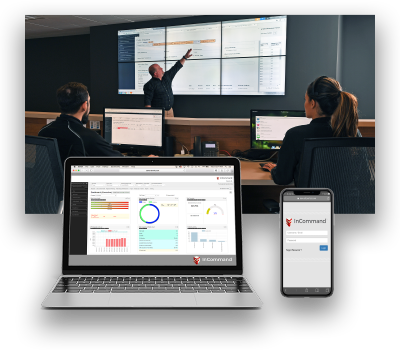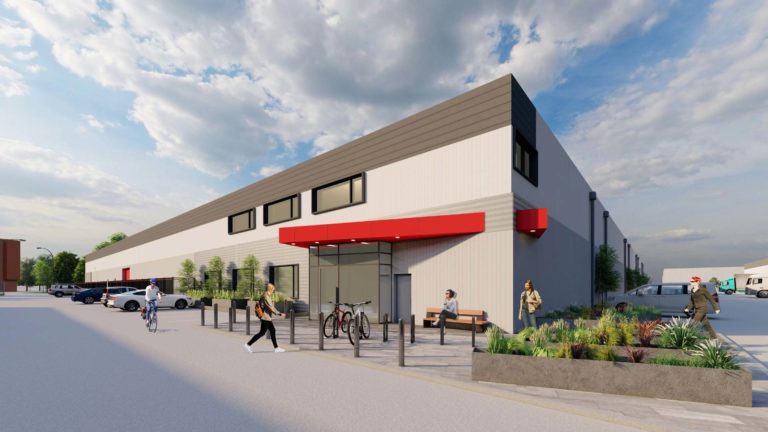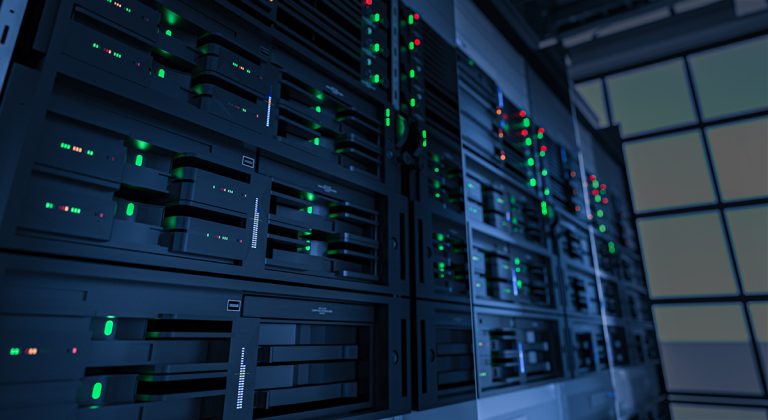
Jim Shanahan, our VP of Global Operations, discusses how the threats to data centers are evolving and the things that data center operators should look out for to have a fully secure plan. Published in Help Net Security.
Help Net Security // August 29, 2018
Data centers are the lifeblood of the enterprise, allowing for scale never before imagined and access to critical information and applications.
Businesses are increasingly migrating to the cloud, making the role of the data center more and more valuable. In 2017 alone, companies and funds invested more than $18 billion in data centers, both a record and nearly double that of 2016. But as much growth as this unparalleled level of computing has given SMBs to the enterprise, a level of risk remains — and data center operators often aren’t looking in the right places when identifying security threats.
As these data centers evolve, so too do the tools and techniques used by hackers – both novice and pro. Securing the physical spaces that house these critical facilities is becoming more important by the day, and operators are doing themselves a disservice by solely focusing on IT as the only line of defense against attacks. Often, the physical operation of the building is the wide-open door for a hacker to exploit, and if done correctly, can cause as much devastation as an attack on software.
Even if data center operators think their security operation is lock-tight, there still are several important considerations to ensure a holistic plan is in place. The bottom line? If these important measures haven’t been incorporated as part of a data center’s security plan and ongoing upgrades, there is risk to the entire operation.
Your physical operation is more connected
Smoke detection, CCTV, power management systems and your cooling control are all becoming increasingly more connected. The Internet of Things (IoT) has allowed building management systems to become far more advanced than ever imagined when managing the more industrial side of your operation. But as these once-mechanical and manual systems start talking, there also are far more opportunities for malicious damage.
If they aren’t already, IT and building operations must be in constant contact, updating one another about the most recent changes to either one’s systems. Without this important dialogue, processes and standards change in a vacuum and can leave back doors open for hackers.
Threats are evolving
Your security plan should too. Many times, operators are solely worried about the data inside the servers, and don’t consider external threats. Gaining access to secure and encrypted servers takes an extremely experienced and skilled hacker. However, infrastructure like HVAC or fire control sprinkler systems are far less complicated to access for a less seasoned cyber-criminal.
While a DDoS attack or breach can be dangerous, a cooling operation taken offline or activated fire sprinklers can be downright devastating. Hackers consider this low-hanging fruit, and are almost always looking to do the most damage. Consider updating your security plan with a roadmap of every physical system in place, and sit down with building operations to address potential new areas of weakness.
Consider outside advice to ensure security
No single person can be expected to be an expert on the security of all physical assets. Consulting with a third-party that understands how facilities and IT should be working together within a data center can an extremely valuable investment.
Consider this: Gartner has estimated that a single minute of network downtime costs $5,600 on average. That’s certainly not a huge sum if the interruption is only 10 minutes due to a DDoS attack, but consider the damage if servers catch fire because of a cooling system shutdown. If a data center spends weeks cleaning up physical damage to a poorly secured physical operation, the results could be devastating.
To provide true security, data center operators have to stop assuming hackers can only do damage in the zeros and ones. In reality, as systems become more advanced, true security at data centers is reliant on a close relationship between IT and facilities, making sure they frequently and accurately communicate about changes, upgrades and observations at their operations. Not doing so risks a lot more than a little downtime.
Click the link below to read this article and other great articles from Help Net Security.








